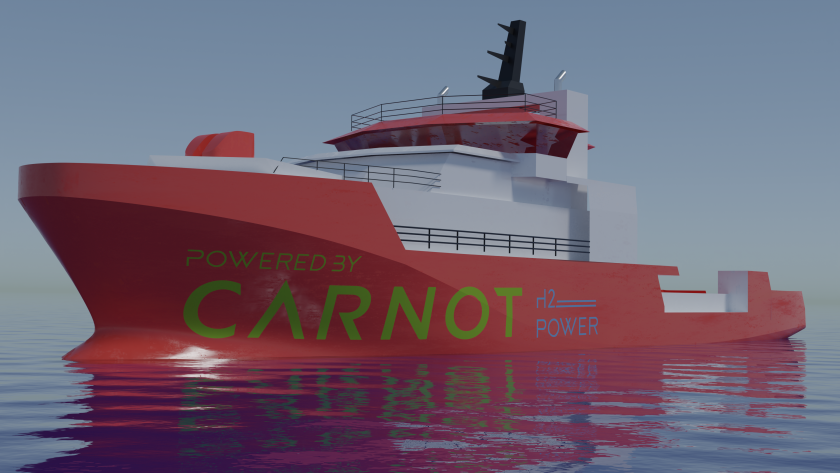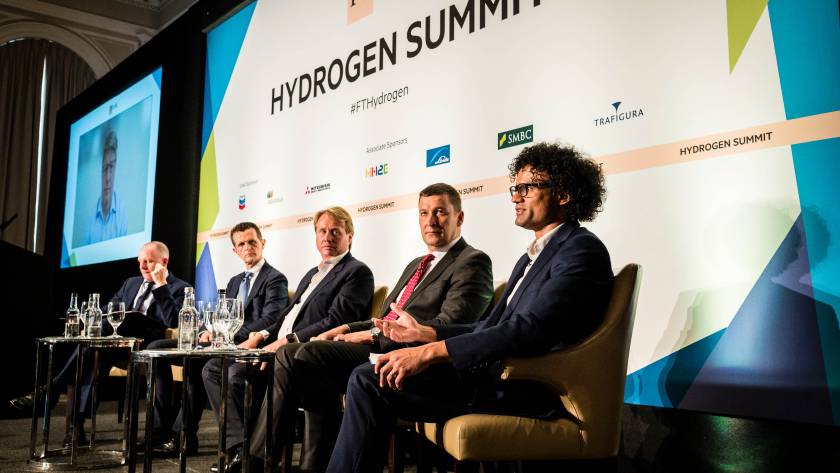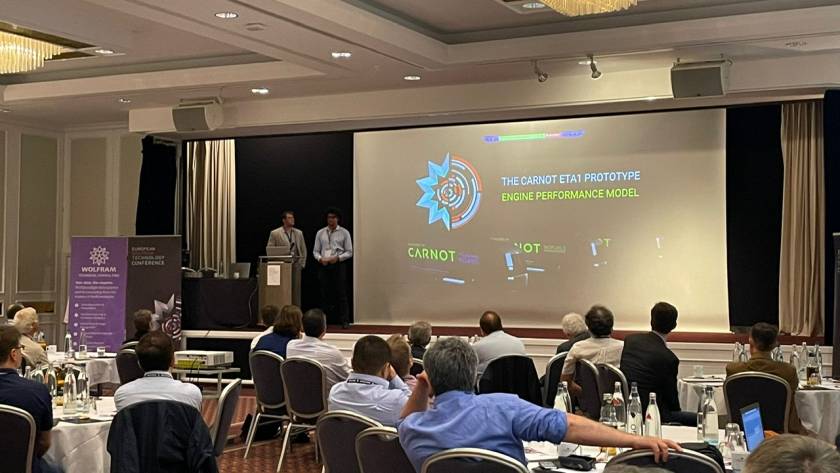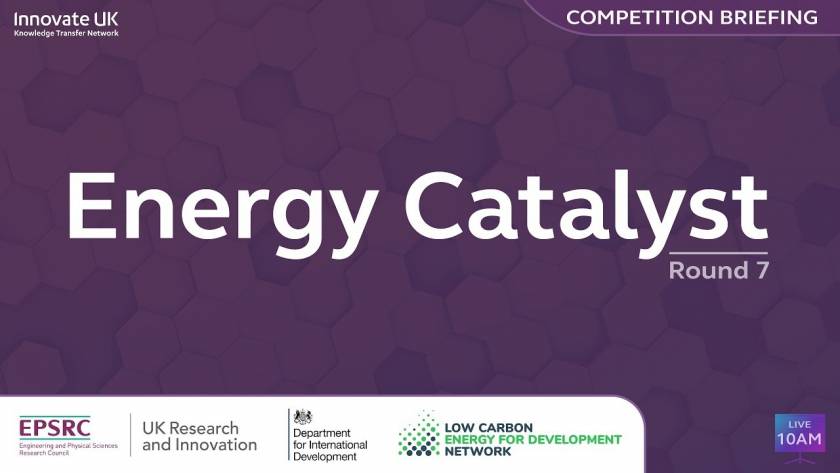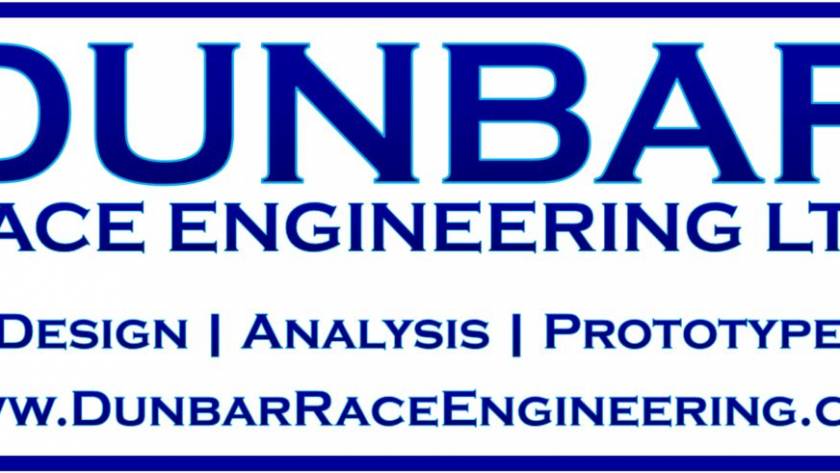Carnot is leading a consortium to decarbonise Auxiliary Power in marine applications
We are delighted to announce Carnot is leading a consortium which has won a £500,000 Clean Maritime…
We are very excited to finally share with you our upcoming Seed round! We are raising £2 million to accelerate the next phase in developing the world's most efficient, zero…
Zero emission auxiliary engine
As society becomes increasingly aware of our environmental footprint, global industries are coming under unprecedented pressures to chart a course to a sustainable future. Shipping, the…
Archie was recently invited by the Financial Times to speak at their recently Hydrogen Summit. This was a gathering of global leaders involved in the Hydrogen space, discussing everything from…
One of the key reasons for the rapid pace of Carnot's engine development has been our unique approach to development. In order to increase both the quality and speed of…
We were invited to pitch at the London Tech Week Founders Forum as one of the most exciting UK start-ups currently fundraising. It was a great opportunity to present our…
CARNOT are delighted to have been selected in the top 10 most exciting cleantech start-ups at the Energy Tech Challengers 2022.
The Energy Tech Challengers identifies the most exciting…
Carnot are delighted to be supporting Motivez, a community driven organisation championing the next generation of under represented STEM leaders and change makers.
Nadiur Rahman, Co-Founder of Carnot recently visited students…
In his recent book, ‘How to avoid a climate disaster’, Bill Gates focuses on electricity as the first major priority to consider in his manifesto for how to tackle the…
Introducing Ian Cooke – the newest addition to the team!
Ian has over 12 years of experience working on cutting edge research, test and development projects for world-championship winning Formula One teams during…
CARNOT are pleased pleased to announce our partnership with Dunbar Race Engineering as we aim to produce our proof-of-concept prototype in 2021. Lead by Duncan Dunbar a Mechanical Design Engineer with extensive experience in…
Carnot has decided to launch their first ever crowdfunding round, with Crowdcube to generate investment and help Carnot build on their amazing achievements so far.
What is crowdfunding?
Crowdfunding is a…




